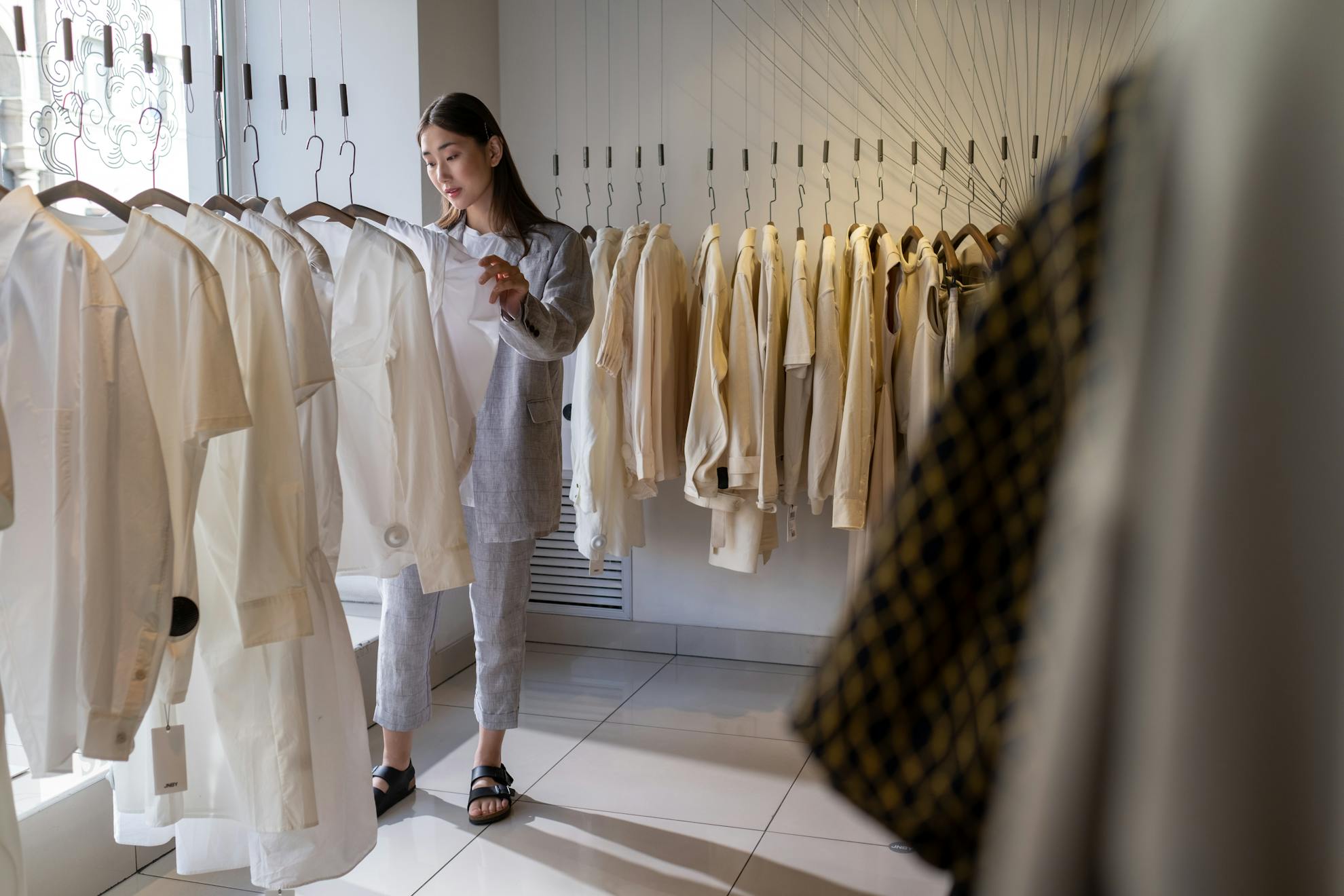Shopify Tips
Beyond the Rack: How Apparel Brands Can Use Shopify Themes to Tell Their Story and Sell Smarter

In today’s crowded online fashion space, it’s not enough to look good; your apparel brand needs to mean something.
From ethical sourcing to values-driven design, today’s customers want more than product; they want purpose. That’s why choosing the right Shopify theme is about more than aesthetics. It’s about creating a digital space where your values, visuals, and products work in harmony to build trust, connection, and conversion.
Whether you’re an emerging slow fashion label or a premium streetwear brand, here’s how to use Shopify themes to make your store both beautiful and meaningful.
1. Start With Your Story
Your story is your edge. Ethical manufacturing, small-batch production, local sourcing — these are more than buzzwords. They’re what make your brand worth following.
Choose a theme with strong visual storytelling tools: image-and-text blocks, video integration, and long-format content sections. Build your homepage like a manifesto, not just a menu.
2. Hero Imagery That Says Something
In fashion, the visuals are the voice. Select a theme that allows full-screen hero images, editorial-style layout options, and home-page storytelling.
Let the first scroll of your site set the tone, think model diversity, natural settings, and behind-the-scenes glimpses of your process. Let customers see not just what you make, but why you make it.
3. Merchandise With Meaning
Clothing may be visual, but design structure is critical. Choose themes with drag-and-drop sections, lookbook-style product grids, and flexible layouts that can be tailored to seasonal drops, capsule collections, or material-based curation.
Think about merchandising the way you’d design a boutique: clean, directional, and deliberate. Add featured collections with meaning: “Made in Bali,” “Plant-Dyed,” “Recycled Denim.”
4. Align UX With Your Values
If your brand stands for simplicity, sustainability, or slowness, your site should feel the same. Avoid flashy design for design’s sake. Focus on clean navigation, soft transitions, and intuitive filtering by size, fabric, or fit.
Themes like Hawke, Hydrate, and Threads were created to support this kind of seamless, brand-aligned UX.
5. Prioritise Product Details That Matter
Materials, process, fit, and ethics should live alongside the product, not buried in a tab. Choose a theme that lets you elevate this information with custom icons, lifestyle imagery, and thoughtful copy.
Offer clarity, not clutter. Smart layout = more trust.
6. Use Fonts and Colour With Intention
Typography and colour aren’t just aesthetic choices, they’re strategic brand assets. Use confident sans serifs to signal strength and structure. Use softer fonts for intimate product storytelling.
For colour, opt for a neutral base (white, cream, soft stone) with highlights that echo your brand palette; earthy tones for naturals, monochromes for streetwear, muted tones for elevated basics.
7. Bring Your Values Forward
Many shoppers want to support brands with purpose, but it's up to you to make that purpose visible. Use theme features like:
-
"Our Story" callouts on the homepage
-
Icons for certifications (organic, fair trade, recycled)
-
Video banners showing process or studio footage
-
Blog integration to share behind-the-scenes or community impact
Let them shop, but also understand what they’re supporting.
Apparel Shopify Store Design Choices
In apparel, design doesn’t stop at the garment. It extends to your digital presence, and your Shopify theme is one of your most powerful tools.
Choose a theme that matches your brand’s mission, merchandise, and customer experience. Done right, your store doesn’t just sell clothes, it tells a story worth wearing.
Explore themes like Threads, Hawke, and Hydrate at kodingthemes.com — designed for modern apparel brands with strong values and stronger style.
